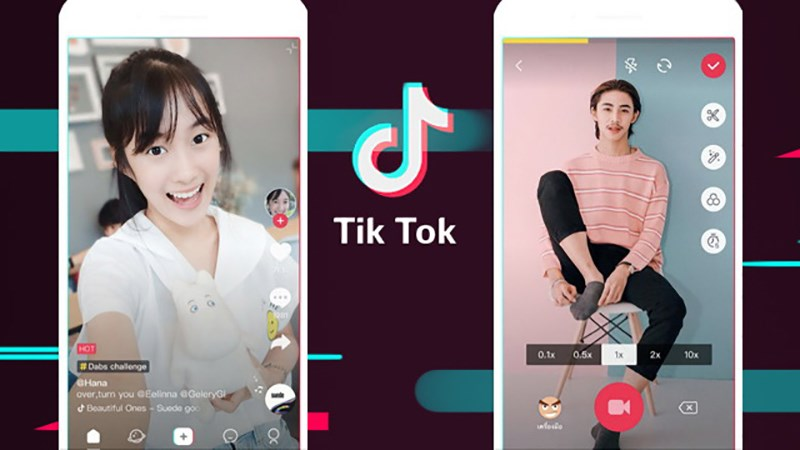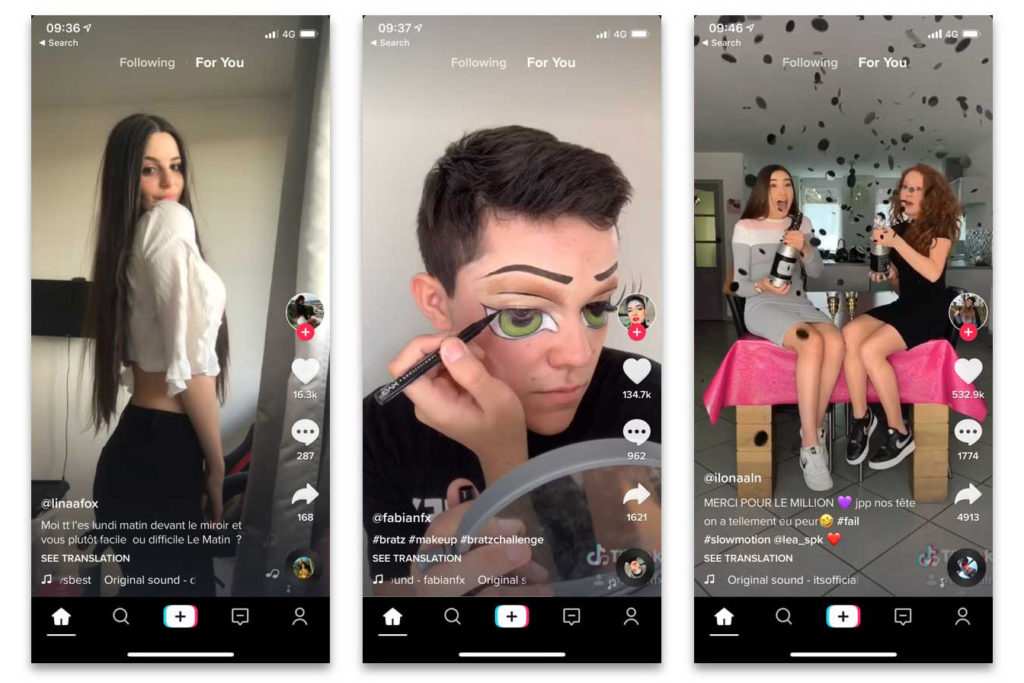TikTok: A Comprehensive Review
TikTok has taken the world by storm, captivating users with its short-form video format and viral trends. From dance challenges to comedy sketches, TikTok offers a diverse array of content that appeals to users of all ages. In this comprehensive review, we delve into the various aspects of TikTok, from its origins to its impact on culture and society.
The Genesis of TikTok: From Musical.ly to Global Phenomenon
TikTok traces its roots back to the Chinese app Douyin, launched by ByteDance in 2016. In 2018, ByteDance acquired the lip-syncing app Musical.ly and merged it with Douyin to create TikTok, a platform that quickly gained traction worldwide. With its addictive scrolling interface and algorithmic content recommendation system, TikTok became a cultural sensation, attracting millions of users within a short span of time.
TikTok’s success can be attributed to its simplicity and accessibility, allowing anyone with a smartphone to become a content creator. Whether showcasing talent, sharing life updates, or participating in viral challenges, TikTok empowers users to express themselves creatively in a matter of seconds. Its global reach has transformed ordinary individuals into social media influencers and celebrities, reshaping the dynamics of fame and influence in the digital age.
TikTok’s Content Ecosystem: A Playground of Creativity
At the heart of TikTok lies its content ecosystem, a vibrant tapestry of videos spanning various genres and niches. From lip-syncing performances to cooking tutorials, TikTok offers something for everyone, catering to diverse interests and preferences. Its algorithmic feed surfaces content tailored to individual tastes, ensuring a personalized browsing experience for users.
TikTok’s content creation tools, including filters, effects, and music libraries, empower users to unleash their creativity and produce captivating videos. The platform’s emphasis on authenticity and relatability fosters a sense of community among users, who engage in collaborative challenges and duets. Whether documenting daily life or exploring niche interests, TikTok provides a platform for self-expression and connection.
The Rise of TikTok Influencers: From Ordinary Users to Digital Stars
One of TikTok’s defining features is its ability to elevate ordinary users to the status of influencers and content creators. TikTok influencers, with their massive followings and engagement rates, wield considerable influence over trends and consumer behavior. Brands collaborate with TikTok influencers to reach target audiences and promote products through sponsored content and partnerships.
TikTok’s influencer culture has democratized fame, challenging traditional notions of celebrity and influence. Anyone with a smartphone and internet connection can amass a following on TikTok, provided they create compelling content that resonates with audiences. This democratization of influence has empowered individuals from marginalized communities to amplify their voices and advocate for social change.
TikTok and Cultural Trends: Driving Conversations and Movements
Beyond entertainment, TikTok has emerged as a catalyst for cultural trends and social movements, driving conversations on a wide range of topics. From political activism to body positivity, TikTok provides a platform for marginalized voices to be heard and amplified. Hashtags like #BlackLivesMatter and #MeToo have sparked global conversations on social justice issues, mobilizing users to take action both online and offline.
TikTok’s ability to disseminate information rapidly has made it a potent tool for activism and advocacy. Whether raising awareness about climate change or challenging stereotypes, TikTok enables users to effect change through storytelling and community building. Its algorithmic feed ensures that important messages reach a wide audience, facilitating collective action and solidarity.
TikTok’s Impact on Mental Health and Well-being
While TikTok offers a platform for self-expression and community building, it also poses challenges in terms of mental health and well-being. The platform’s emphasis on perfection and popularity can contribute to feelings of inadequacy and low self-esteem among users. The constant pressure to create viral content and garner likes and followers can take a toll on mental health, leading to anxiety and burnout.
TikTok has implemented measures to promote digital well-being, including screen time management tools and content moderation policies. However, the responsibility ultimately lies with users to set healthy boundaries and prioritize self-care. By fostering a culture of authenticity and vulnerability, TikTok can serve as a platform for honest conversations about mental health and resilience.
TikTok’s Role in Shaping the Future of Social Media
As TikTok continues to evolve, its influence on the future of social media cannot be overstated. The platform’s success has prompted rival platforms to emulate its features and functionality, leading to a proliferation of short-form video apps. TikTok’s parent company, ByteDance, is investing heavily in research and development to maintain its competitive edge and expand into new markets.
The future of TikTok lies in its ability to innovate and adapt to changing user preferences and technological advancements. Features like augmented reality (AR) filters and virtual reality (VR) experiences offer new avenues for content creation and engagement. Additionally, TikTok’s expansion into e-commerce and live streaming opens up new monetization opportunities for creators and brands alike.
Conclusion
In conclusion, TikTok has revolutionized the way we create, consume, and engage with content on social media. From its humble beginnings as a lip-syncing app to its current status as a global cultural phenomenon, TikTok has reshaped the digital landscape in profound ways. As TikTok continues to evolve, its impact on culture, society, and the future of social media will undoubtedly be felt for years to come.












